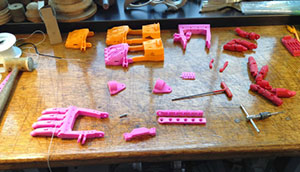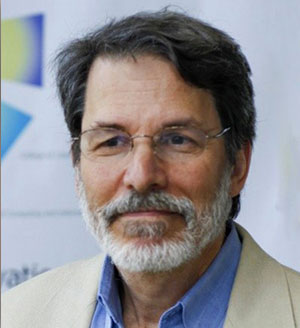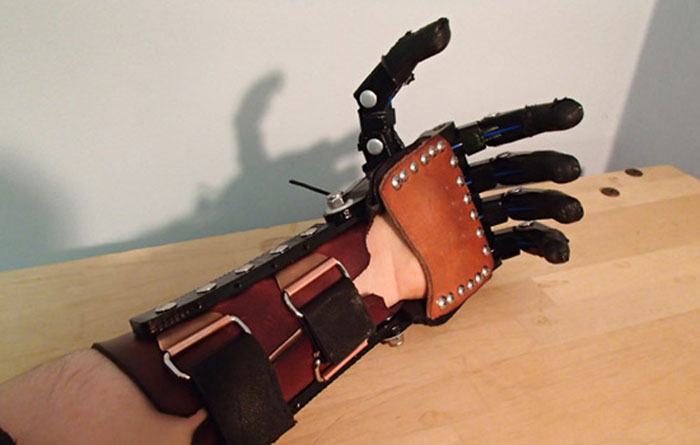The ability to develop low cost tailor-made prosthetic hands through 3D printing is one of the earlier, albeit by far one of the best, collaborative stories in the 3D printing industry. It dates back quite a while. It began in February 2013, with the project by South African Richard Van As, who partnered with Ivan Owen from Washington State USA, in what became the Robohand Project and was supported directly by Makerbot.

Replaceable prosthetic hands are particularly important for children however, since their bodies have not yet finished growing, and it can prove difficult (and expensive) for them to get appropriate prostheses. For children, one prosthesis can last only a few months or a year at most and not many can afford to spend $10,000 every 12 months. With the developments highlighted by the Robohand Project and 3D printing there is an alternative.

Now this story is enriched by a new chapter that is making 3D printed prosthetic hands available to more and more people globally. It is called e-NABLE and it was founded by Jon Schull, a researcher at the Rochester Institute of Technology Center for Media, Arts, Games, Interaction and Creativity (MAGIC).
Schull had noticed that there were many makers and engineering classes around the world that were creating the open-source prosthetic hand models for local clients but there was no mechanism for distributing they work globally. So he originally created e-NABLE as an interactive online map for connecting hobbyist 3D printers, makers and engineers who would volunteer to design, fabricate and fit mechanical hands for people who need them.
The network, which also includes Paul McCarthy and his son Leon as active members, is meant to enable parents and educators showing them how to create and fit the devices for those around them who need them. So far it has about 300 members, spread over the five continents.
Now Schull sees e-NABLE as a scalable model that could go beyond 3D printed prosthetic hands and will attend an online conference in Releigh, NC, to discuss how to create such collaborations across the Web.
The e-NABLE group’s website is also a resource for links to up to date prosthetic hand designs on Thingiverse (currently the Bob Roth and the Talon Hand 2.0) and it helps in collecting donations. It also lists new stories about children getting their news hands. Like Shea, Sam, Ben and many more chapters that are yet to be written.



